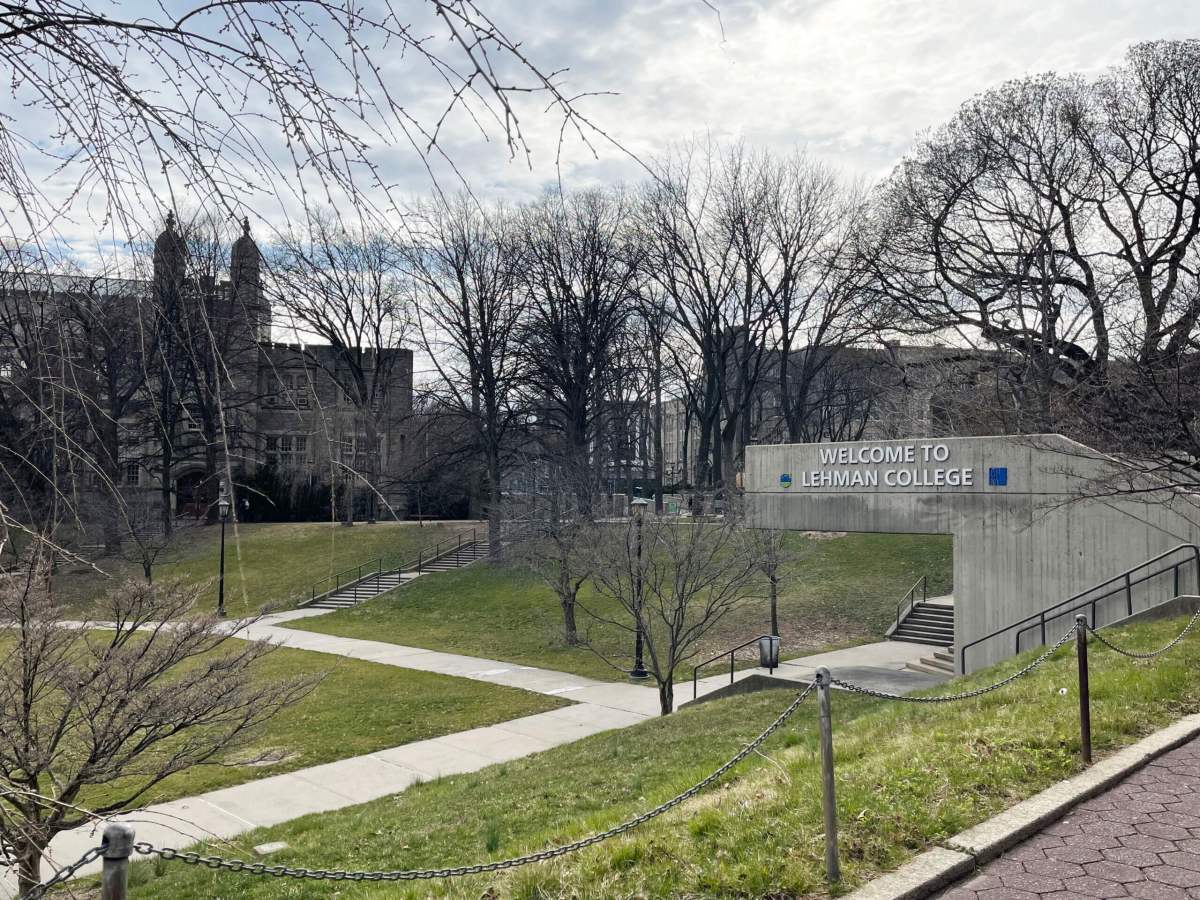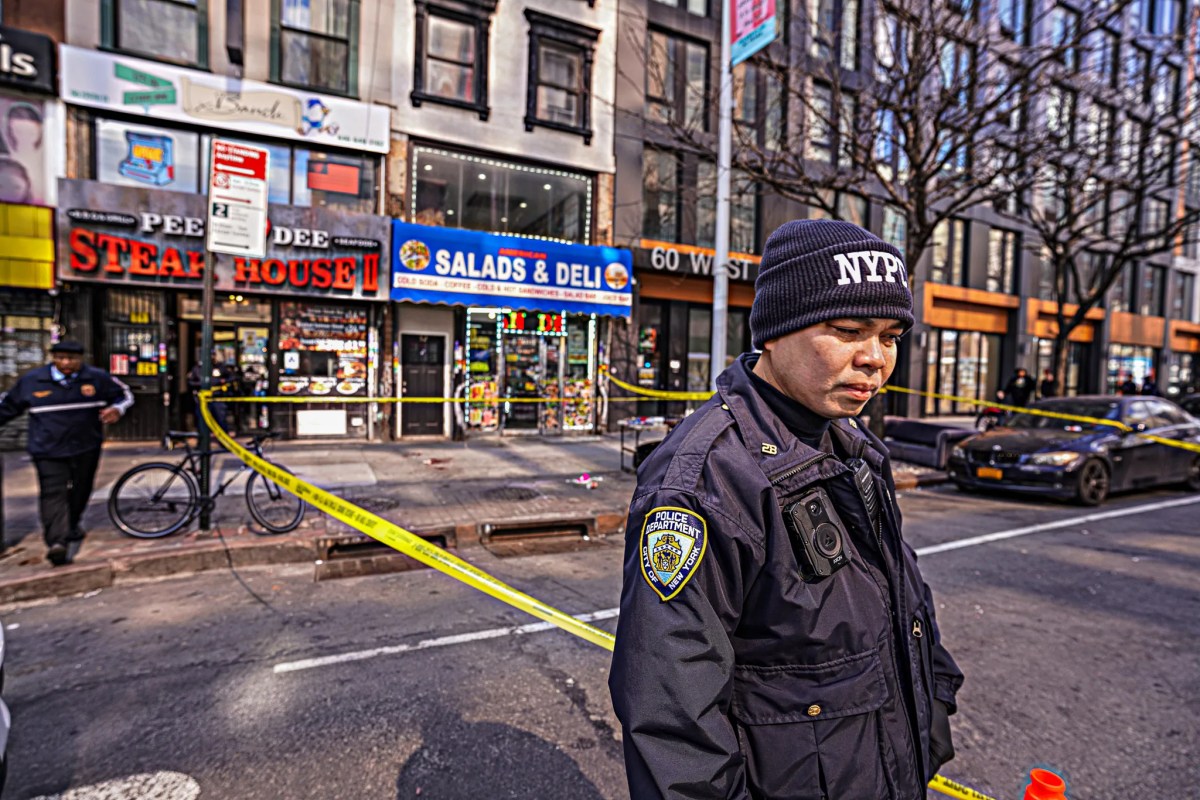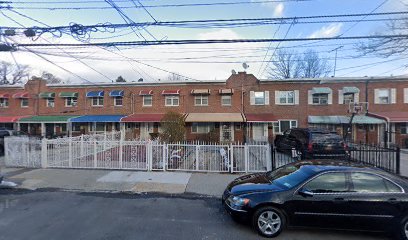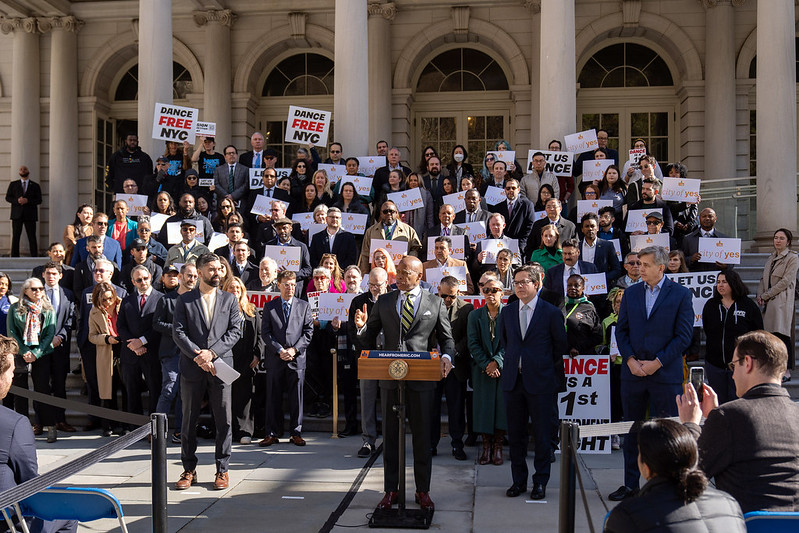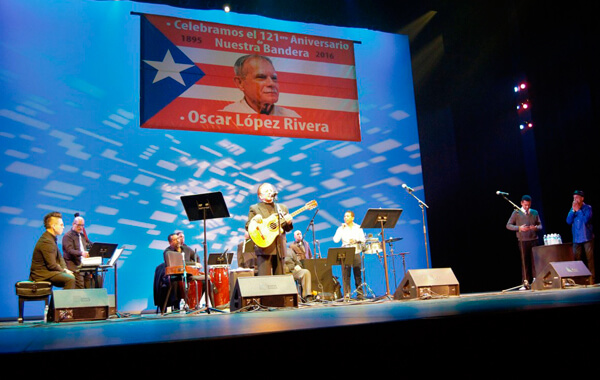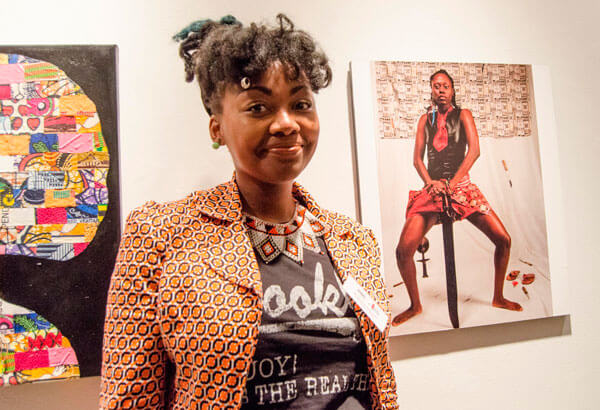Three Bronx CUNY schools — Bronx Community College (BCC), Hostos Community College and Lehman College — have different unique origin stories prior to become longstanding education institutions in the borough.
First came Lehman — once a national World War I training ground for women as the Bronx Branch of Hunter College, until it became an independent college within the CUNY system in September 1967. What would become BCC was established in the late 1950s through the efforts of civic-minded groups who felt that there was a growing need for higher education facilities in the Bronx, which led to the acquisition of NYU’s University Heights campus in 1973.
And once the site of a former tire factory in the South Bronx, Eugenio de María Hostos Community College was created by an act of the Board of Higher Education in 1968 thanks to demands and mobilization of the borough’s Puerto Rican community, who clamored for a local educational facility.
Current Hostos president Daisy Cocco DeFilippis was a young mother who, through free CUNY schooling at Queens College, attained social and educational mobility as a first-generation Dominican immigrant. In her role at Hostos College, she’s aiming for similar outcomes for a college that serves low-income, non-traditional students in the nation’s poorest congressional district.
“All my degrees, Master’s and Ph.D., came without spending a penny, which was important for my husband and I who were both immigrants,” said DeFilippis. “For our community college students, from all over, to succeed here. I have high hopes.”
As enrollment at the three colleges continues year-after-year declines dating back to 2020 and campuses face major cuts in the months ahead, students and faculty of Bronx CUNY colleges are expressing apprehension, and at times, dissatisfaction with the school network.
Officials and faculty across the three Bronx CUNY schools told the Bronx Times that retaining students has been a challenge stemming from the COVID-19 pandemic.
| Undergrad Enrollment | Fall 2018 | Fall 2020 | Fall 2022 |
| Lehman | 7,794 | 8,380 | 7,401 |
| Bronx Community College | 6,685 | 5,592 | 3,389 |
| Hostos | 4,138 | 3,334 | 2,412 |
CUNY’s average class size has fallen from 21.5 students in Fall 2019 to 19.9 students per class in Fall 2023, according to CUNY. These declines have been felt across the board at CUNY’s community colleges, including at BCC and Hostos, which have seen a roughly 30% drop in headcount since the fiscal year 2018.
“We don’t know where they’re going, we don’t why they’re leaving. And it’s problematic because if we don’t know, then we can’t address it,” said Alex Wolf, a professor in the biology department at BCC.
DeFilippis told the Bronx Times that despite tight budgets and looming budgets cuts, administrators need to be proactive to not only meet the educational and social needs of their students, but also retain them. The CUNY Reconnect program, an effort funded by the New York City Council, has done its part to enroll over 16,000 students in the 2022-2023 academic year.
But student experience, which can be mixed, includes unhelpful school administrators and unpopular policy changes. Students like Roger Olivarez, who left Lehman during his second year, said poor administration and lack of support marred his college experience.
“It feels second-rate,” said Alexia Martinez, a first-generation college student at Hostos who intends to transfer next year. “There are faculty who care and will take the extra mile for students and our accommodation. But the admins and the people who are supposed to manage the student experience don’t do their jobs.”
Dropping enrollment, in addition to cuts proposed by Mayor Eric Adams — more than $68 million to the public university system — majorly impact the city’s two-year community colleges. CUNY officials have ordered budget cuts across their 25 campuses, according to a February order by CUNY Chief Operating Officer Hector Batista.
Most campuses will have to cut their programming and activity expenses by approximately 5% to 6% in fiscal year 2024, according to Batista’s mandate. For colleges that are projected to close out either the 2023 fiscal year or the 2024 fiscal year in the red, the targets will be higher.
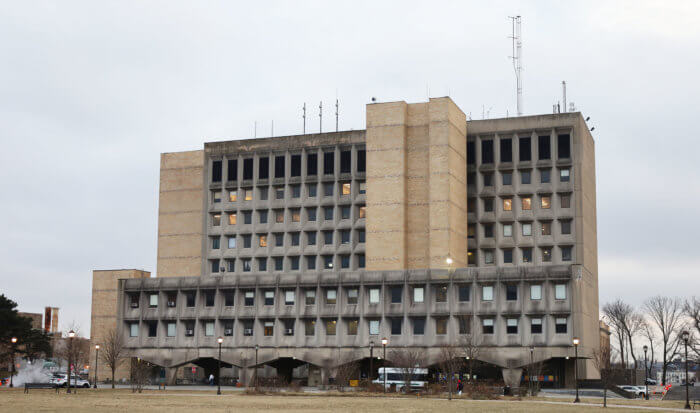
There is a dispute amongst CUNY faculty and administrators on how these cuts will be rolled out and who will be most affected. Faculty fear that those budgeting measures will implement hiring freezes, cut adjuncts and lead to a centralization of CUNY’s educational network.
CUNY denies most of those claims — asserting its central portal increases awareness and makes enrollment easier for students who can now see the online options available at CUNY campuses — and says the system is planning to hire 345 more instructors next year, as well as 250 other employees, with $53 million in state funding.
“CUNY is committed to delivering a high-quality education to New Yorkers despite budget challenges,” a CUNY spokesperson told the Bronx Times. “As always, our colleges and central offices will look for cost-saving measures that don’t impact student services or compromise academic offerings. We are evaluating how to meet the challenges … It is not unusual in processes like this to encounter questions and concerns from faculty and students, which we continue to address.”
Back to the basics
June 1976 was a shifting moment for CUNY. It’s the year in which a Board of Higher Education imposed tuition on CUNY students in exchange for a total state takeover of four-year college finances, since CUNY’s budget was in disarray.
Prior to that 1976 decision, CUNY had operated tuition-free for 130 years — dating back to its founding as the Free Academy in 1847 — but was heavily impacted by the city’s financial crisis in the mid and late ’70s. A year prior, the city cut CUNY’s budget by tens of millions of dollars in the summer of 1975, according to CUNY Digital Archive.
CUNY’s enrollment dipped after tuition was instituted, and there were further enrollment declines through the 1980s and into the 1990s.
What’s changed since then has been a more centralized and expanded CUNY network that took shape in the 2000s. What hasn’t changed, CUNY officials and faculty cite, is a lack of investment in the network.
Between 2008 and 2016, the state withdrew 17% of its funding for CUNY. One of the ways state officials have aimed to revitalize CUNY is through tuition hikes.
During this year’s budget session, Gov. Kathy Hochul unsuccessfully pushed for tuition hikes for CUNY and SUNY, proposed increases that her office touted would generate a total of $97 million for SUNY and $31 million for CUNY for the 2024 school year.
The Senate and Assembly proposals focused on eliminating current and future mandatory university fees for both SUNY and CUNY graduate students, and include a significant increase in operational aid — which would provide more funding for capital improvements, staff, and academic programming at SUNYs and community colleges.
“There’s always been this lack of funding essentially from city and state,” said Peter Kolozi, a professor of political science at BCC. “One could argue that even when enrollments were good, it makes problems that were exacerbated by the pandemic. The issue is that because of decades of disinvestment by the state and the city, CUNY is much more reliant on tuition for a system that used to be free and accessible.”
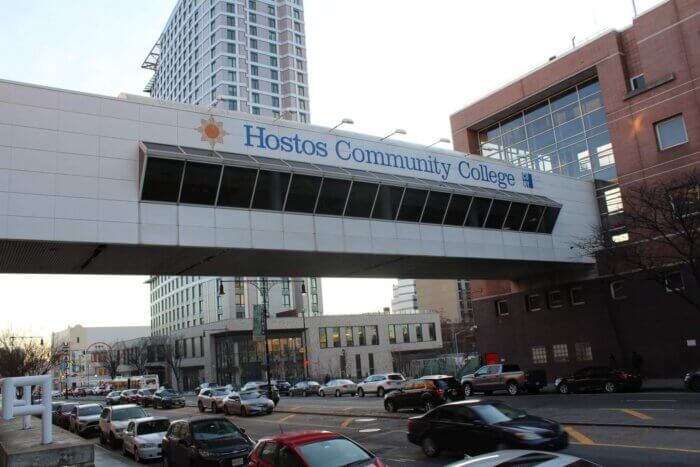
Full-year tuition for state residents at Lehman is around $7,410, while full-time tuition at BCC and Hostos is in the neighborhood of $5,206.
CUNY serves more than 250,000 degree and non-degree-seeking students across its dozens of colleges. Most of its students are local public school graduates of color, and nearly half are from families that earn less than $20,000 annually.
Nearly 1 in 5 Bronx residents have college credits but are without a degree — the highest rate in New York City — and for many, the price of tuition is backbreaking.
“If tuition raises, I’m bouncing,” said Josiah Castro, an undergraduate at BCC. “It wouldn’t be worth the money and the part-time jobs and stress of being a student, if I’m being real.”
Some — like Baruch College alum and Bronx Assemblymember Karines Reyes — champion a return to CUNY’s tuition-free model through the New Deal for CUNY, which seeks minimum staff-to-student ratios, pay parity for the adjunct faculty who teach most of CUNY’s classes, and a five-year plan to fix CUNY’s crumbling infrastructure.
“I’m a big supporter of CUNY being accessible, because for me, it was transformative. It provided me the opportunity to be one, self-sufficient, but to it provided me a path to the middle class and allowed for me to be able to provide for my family,” Reyes said in an interview with the Bronx Times. “It is definitely an institution that is facing the same challenges of any institution that has been around for so long, whether that be the change in demographics, change of culture, (or) aging infrastructure — which is something that we try to address through the New Deal for CUNY.”
Reach Robbie Sequeira at rsequeira@schnepsmedia.com or (718) 260-4599. For more coverage, follow us on Twitter, Facebook and Instagram @bronxtimes.

